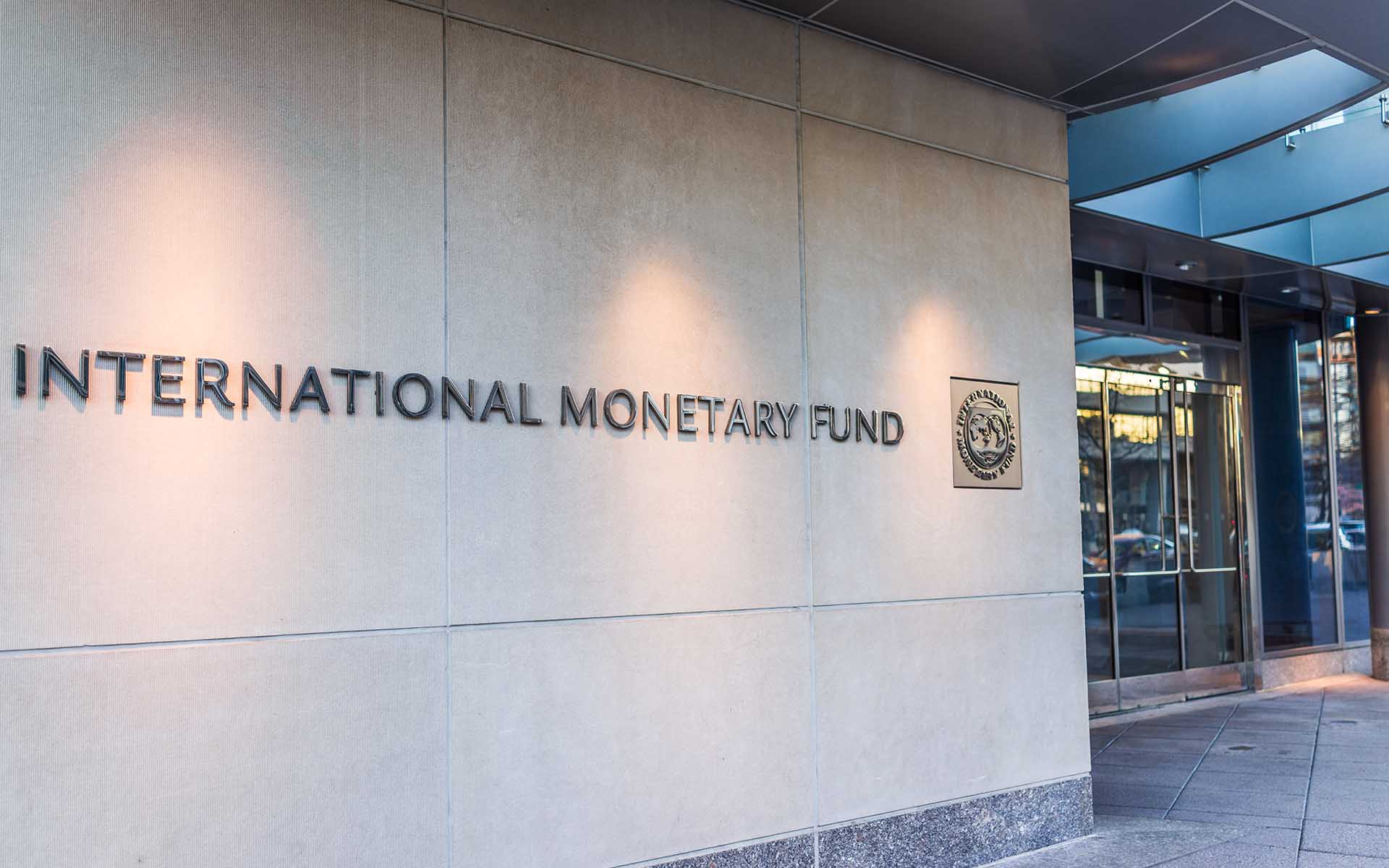In light of the global financial crisis of 2008, the invention of Bitcoin and other cryptocurrencies has caused many to reassess the value of centralized banking institutions. Dong He, deputy director of the IMF’s Monetary and Capital Markets Department, shared his analysis on how the mainstream adoption of cryptocurrency could affect central banks and monetary policy.
Value and Volatility
Value and volatility are critical indicators of currency adoption. As He observes, Bitcoin’s price volatility is high because its value is primarily based on speculation, as opposed to performance metrics like transaction volume.
Unlike the value of fiat currencies, which is anchored by monetary policy and their status as legal tender, the value of crypto assets rests solely on the expectation that others will also value and use them. Since valuation is largely based on beliefs that are not well anchored, price volatility has been high.
Once scalability issues within the Bitcoin blockchain are resolved, we will likely see the currency being transacted for everyday goods and services, leading to mainstream adoption that should give it a more accurate and stable valuation.
In the meantime, a handful of projects offer ‘stable coins,’ which are cryptocurrencies that are largely immune to price volatility because they are pegged to the value of the US dollar.

Medium of Exchange
When it comes to transferring money, He argues that cryptocurrencies have an advantage over banks when it comes to speed, anonymity, and divisibility. Cryptocurrencies are sent peer to peer over a shared ledger – no intermediary or third-party is necessary. The ledger secures and verifies all transactions, enabling people to transfer funds with much of the same anonymity as cash transactions. Lastly, the ‘coins’ are divisible into tiny portions that make them suitable for micropayments.
He notes:
Unlike bank transfers, crypto asset transactions can be cleared and settled quickly without an intermediary. The advantages are especially apparent in cross-border payments, which are costly, cumbersome, and opaque. New services using distributed ledger technology and crypto assets have slashed the time it takes for cross-border payments to reach their destination from days to seconds by bypassing correspondent banking networks.
These benefits could potentially reduce demand for central bank money.
Concerns About Currency Deflation
Bitcoin has a limited supply (21 million coins), which makes it resistant to inflation. However, He claims that Bitcoin lacks three critical functions that stable monetary systems are expected to provide:
- Protection against the risk of structural deflation
- The ability to respond flexibly to temporary shocks to money demand and thus smooth the business cycle
- The capacity to function as a lender of last resort.
In the case of Bitcoin, its finite supply will only make the currency more valuable as usage becomes more ubiquitous. Therefore, once all 21 million bitcoins are in circulation, we could likely see people choosing to hoard their coins rather than spend them, as they see nothing else that is of equal or greater value to trade for the finite digital resource.
Decreased spending would lead to decreased market productivity.
Commodity Money
He argues that adopting cryptocurrencies will lead to a shift in how we accept and understand payments, from “an account-based payment system to one that is value or token based.” An account-based system, He notes, records the transfer of claims (transactions) in an account and requires a third party – like a bank.
A value- or token-based system, on the other hand, merely requires the transfer of a “payment object” – like a commodity (e.g., gold, produce, cattle) or paper currency. If the value of the payment object can be verified, the transaction goes through and is completed.
Bitcoin and other cryptocurrencies, therefore, can be classified as ‘commodity money’ (money whose value comes from a commodity of which it is made), while the central banks have always been based on ‘credit money’ (any future monetary claim against an individual that can be used to buy goods and services).

Monetary Policy
As for whether this technological shift can truly affect monetary policy? He believes so:
Central banks typically conduct monetary policy by setting short-term interest rates in the interbank market for reserves (or clearing balances they keep with the central bank). Ceasing to be the monopoly supplier of such reserves would indeed deprive central banks of their ability to carry out monetary policy.
As cryptocurrency transactions become more commonplace, and fewer people choose to trade with fiat, it is possible that central bank money will no longer define the unit of account for most economic activities.
If those units of account are instead provided by crypto assets – then the central bank’s monetary policy becomes irrelevant.
How Central Banks Should Respond
He recommends three courses of actions for central banks:
- Strive to make fiat currencies better and more stable units of account.
- Regulate the use of crypto assets to prevent regulatory arbitrage and any unfair competitive advantage crypto assets may derive from lighter regulation.
- Central banks should continue to make their money attractive for use as a settlement vehicle (for example; issuing digital tokens of their own to supplement physical cash and bank reserves).
It is abundantly clear that central banks are threatened by the possibility of losing their influence over monetary policy to a more decentralized and fair system. He’s recommendation for increased regulation as a way to prevent an “unfair competitive advantage” is precisely what some in the crypto space think the SEC is doing.
We also can’t ignore the irony of central banks, which have enjoyed over 200 years of dominance, now crying foul about a 10-year-old system having a competitive advantage.
Ultimately, it would be wise for banks to focus less on stifling innovation, and more on embracing it to improve the current state of fiat currencies. However, at this point, it’s unclear whether the goal of a fairer central banking system is simply too little too late.
How would you recommend Central Banks compete with Bitcoin and other Cryptocurrencies? Share your thoughts in the comments section below!
Images courtesy of Shutterstock, AdobeStock









